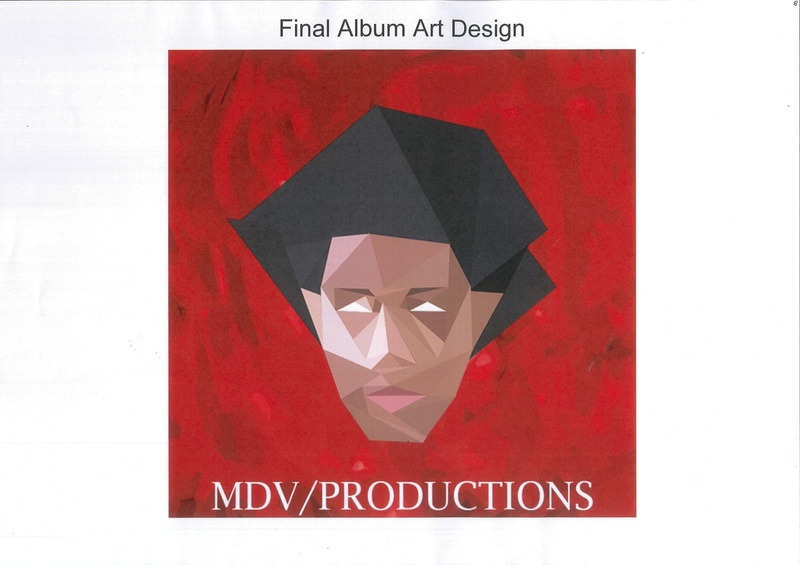Visual Communication Design focuses on the strategic application of visual language to communicate ideas, solve real-world problems, and influence behaviour. The curriculum explores the manipulation of type and image within four distinct fields of design; messages, objects, environments and experiences. Students will understand how aesthetic choices contribute to effective communication across various media, including print, digital interfaces, and 3D designs. Students develop critical thinking and practical skills through project-based learning, critiques, and an examination of the cultural, social, and environmental factors that shape contemporary design practice. The subject aims to cultivate adaptable and ethically aware designers prepared to address future challenges.
Human-centered Design
Understand and solve problems for people. Students learn how design can make a difference in our world and how subjective ideas about “good design” continue to evolve. Working together, students research real-world problems to consider different perspectives and use those insights to define design opportunities. Students learn to apply visual language effectively to communicate with specific audiences and for specific purposes. They explore branding, product ideas, and sustainable design, while considering the economic, technological, cultural, and environmental forces that shape design and its potential to spark change in our world.
The Design Process
Apply the complete design process to create three-dimensional environments and interactive experiences. Students explore the practices of architects, landscape architects, interior designers, and UX specialists, learning how context and user needs shape these designs. Drawing inspiration from contemporary and historical design, including Indigenous Australian traditions, students learn to design for the future while respecting intellectual property. Students learn to pitch their ideas to an audience and share their work through design critiques to articulate their design choices and provide constructive feedback to peers.
Contemporary Design Practice
Unit 3 explores contemporary design practice across various fields, analysing designers’ processes, contexts, and responsibilities. Students examine how designers utilise visual language to communicate and resolve ideas, identifying factors influencing professional practice. The unit also involves analysing existing designs, focusing on their purpose, function, and aesthetic impact.
Students then conduct broad research to discover a novel design problem and define it through the creation of a brief with two distinct communication needs. They generate design ideas for each need that are tested, and evaluated through critique. This work forms the basis for further development in Unit 4.
Delivering design solutions
Unit 4 presents an opportunity to apply all the design skills and knowledge learned across Units 1-3 to deliver final design solutions for the two communication needs established in Unit 3. Students evaluate and refine their concepts through iterative processes, incorporating feedback and revisiting their research and the design brief. They explore a range of methods and materials, using prototypes to test their ideas. The unit culminates in students developing a compelling pitch to communicate and justify their design decisions. Finally, they select appropriate presentation methods to showcase their distinct solutions, ensuring they effectively address the initial design criteria.






